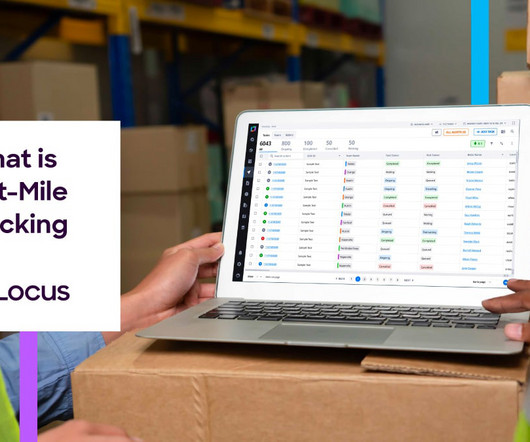Only as Good as Your Data: Why Supply Chain Digital Twins Require Real-Time Data Unification
ToolsGroup
JULY 19, 2023
But here, we’ll be talking about supply chain digital twins. A supply chain digital twin is a complete model of your supply chain that allows you to run what-if scenarios and determine the most efficient use of resources for fulfilling demand.
















Let's personalize your content